The Forgotten Era of the CD Longbox
If you bought music in the late 1980s or early 1990s, there’s a good chance you remember an odd piece of packaging that has mostly vanished from memory: the CD longbox. These tall cardboard boxes, roughly 12 inches in height, held compact discs in their jewel cases and lined record store shelves for only a brief slice of history. For a few years, the CD longbox was a staple of the music-buying experience in North America. Today, it stands as both a quirky relic and a fascinating symbol of the intersection between technology, marketing, and retail logistics.
Why Longboxes Existed
When compact discs began replacing vinyl and cassette tapes in the 1980s, record labels faced a big problem: how do you sell CDs in record stores designed for LPs? Vinyl albums came in 12-inch square sleeves that looked great in bins and displayed easily on racks. CDs, however, were small jewel cases about 5 inches wide. Without some kind of solution, stores would have to reconfigure their shelves and displays, an expensive proposition that many retailers resisted.
Enter the CD longbox. By packaging a standard jewel case inside a tall cardboard box, labels created a format that fit neatly into the same racks that once held vinyl. Retailers were happy because they didn’t need to redesign their stores. Labels were happy because the tall boxes gave them more space for cover art, liner notes, and marketing messages. And consumers? Well, consumers mostly just tore the box open and tossed it in the trash.
The Environmental Controversy
It didn’t take long for people to start questioning the wastefulness of the longbox. Environmental groups criticized the format as unnecessary packaging that contributed to landfills. A CD already came in a sturdy jewel case. Why surround it with even more cardboard?
By the early 1990s, the backlash grew strong enough that retailers and labels started phasing out the longbox. By 1993, most major record companies had abandoned the format in favor of jewel cases alone or slimmer cardboard sleeves.
Longboxes as Collectibles
Ironically, what was once considered wasteful is now collectible. Music fans and memorabilia hunters sometimes seek out unopened CD longboxes for their favorite bands and albums. Limited runs, special editions, or releases from iconic artists can fetch surprising prices on resale markets. For many, these boxes are less about the music inside (which you can stream anywhere today) and more about the nostalgic feel of a bygone era of music retail.
Prince and the New Power Generation “Diamonds and Pearls” CD long box with hologram via Dusty Groove
The Cultural Memory
For Gen X and older Millennials, the longbox is part of the sensory memory of growing up with music: flipping through racks at Tower Records, HMV, or Sam Goody, spotting the tall artwork of your favorite band, and feeling the anticipation of tearing into that box when you got home. It’s a reminder that the physicality of music once mattered as much as the sound. Packaging wasn’t just protection. It was part of the experience.
Conclusion: A Transitional Artifact
The CD longbox may have been short-lived, but it serves as a fascinating artifact of the transition between eras between vinyl dominance, the rise of CDs, and eventually the digital world. It was a solution to a practical retail problem, a canvas for record labels, and ultimately a symbol of consumer waste. Today, it stands as a reminder of how formats shape culture, and how even something as simple as a cardboard box can tell us a lot about the history of music.

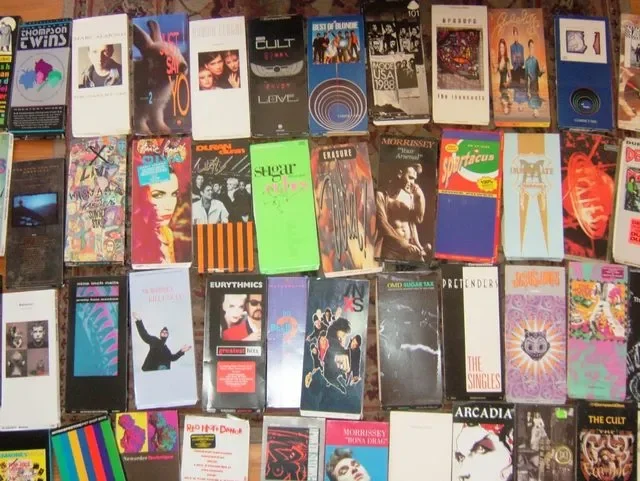
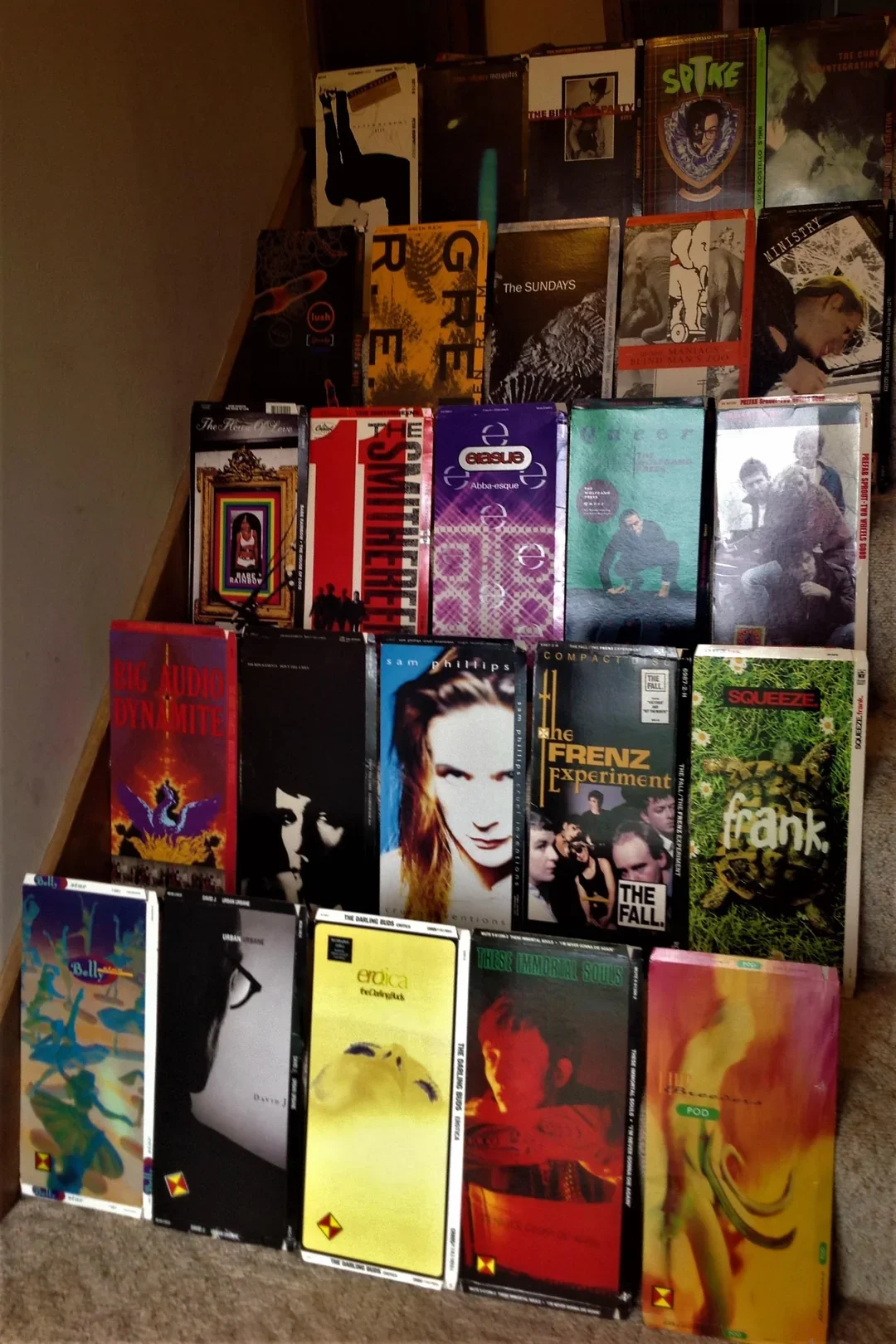
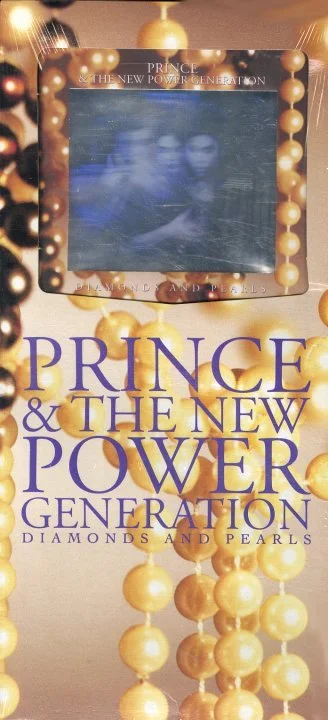
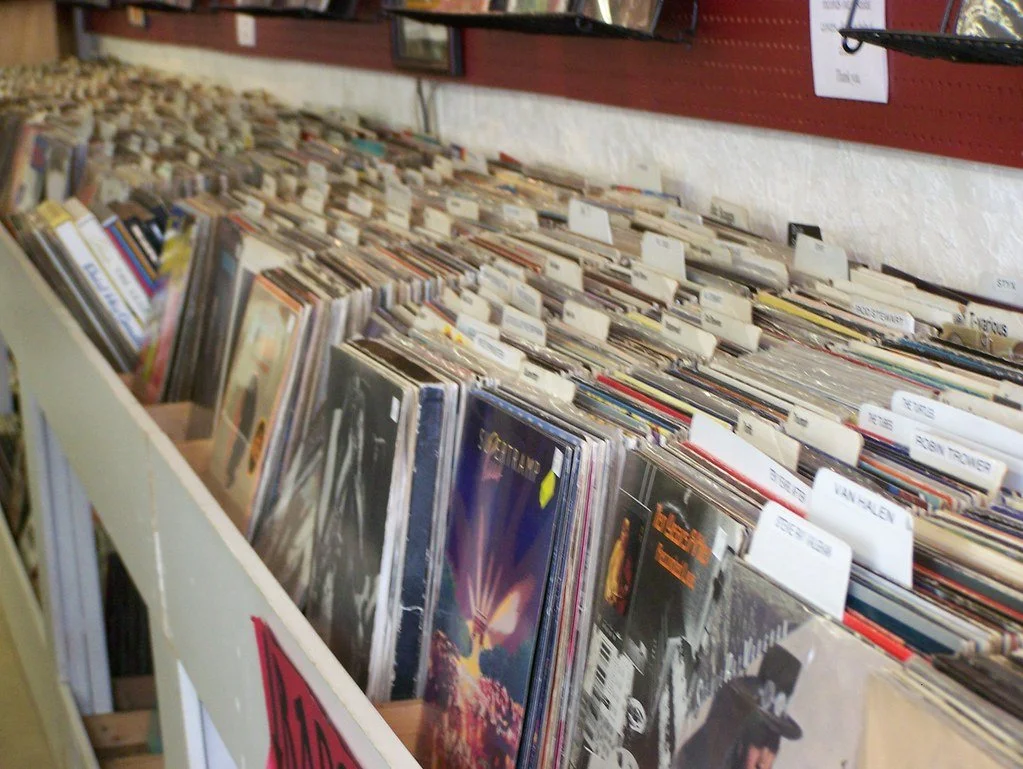
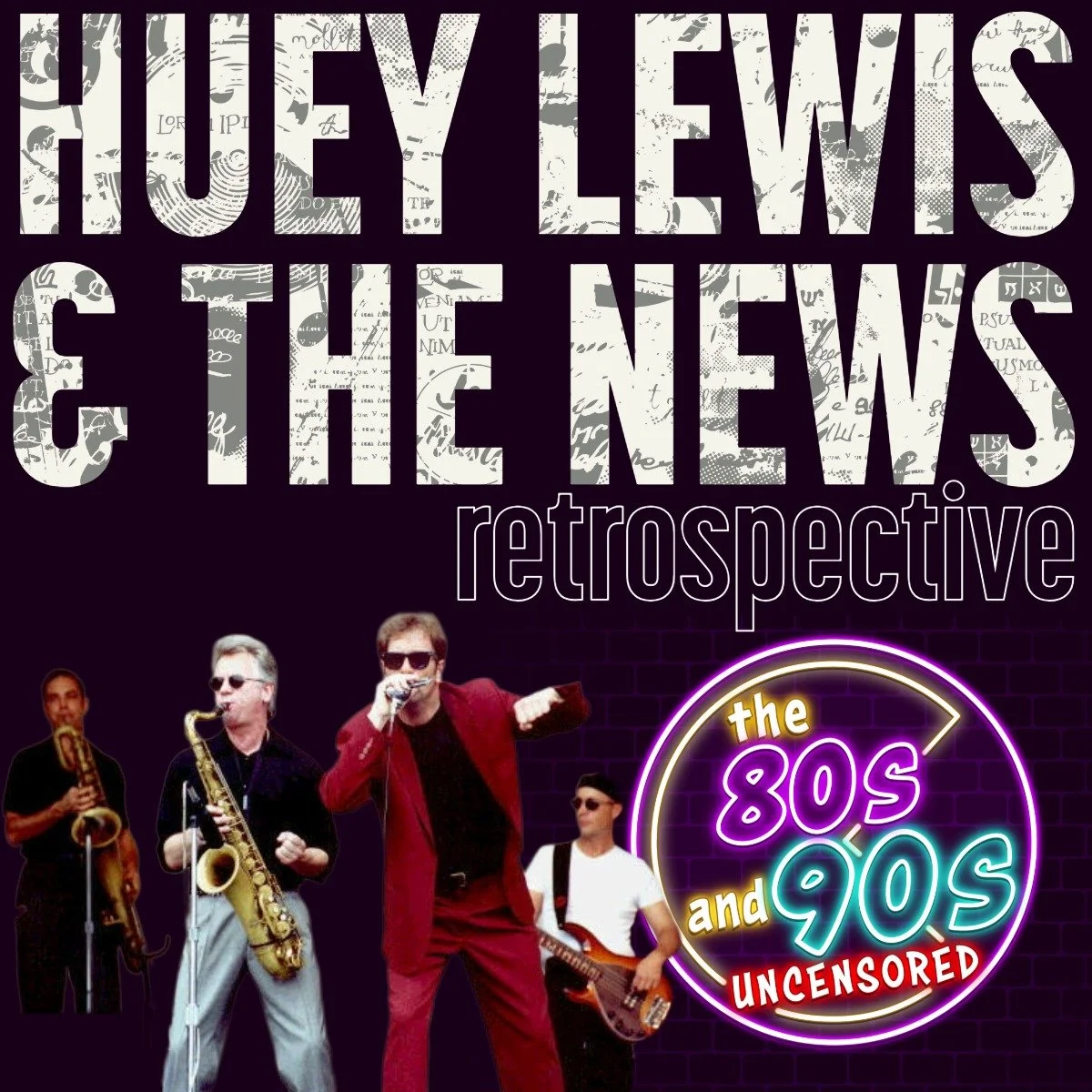







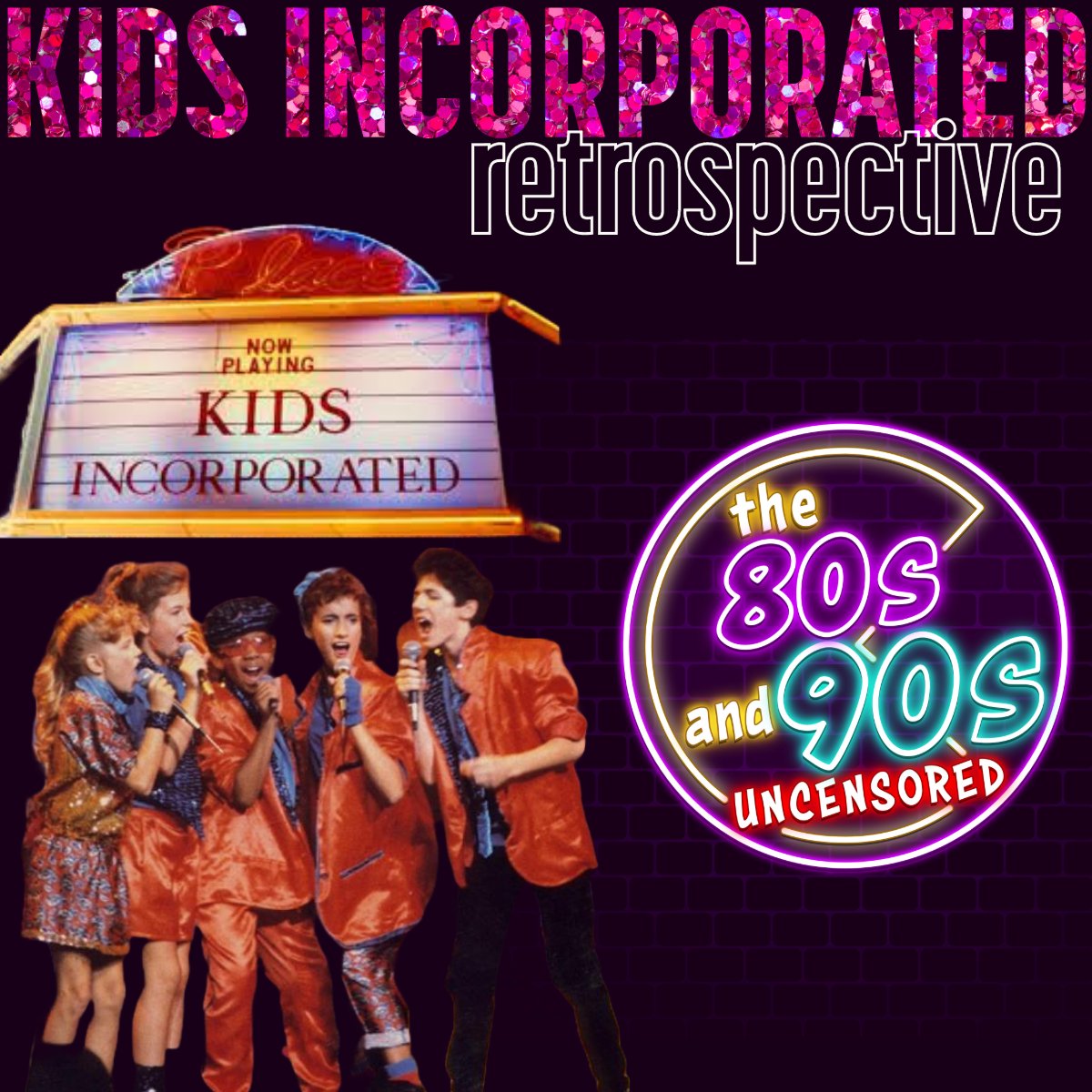


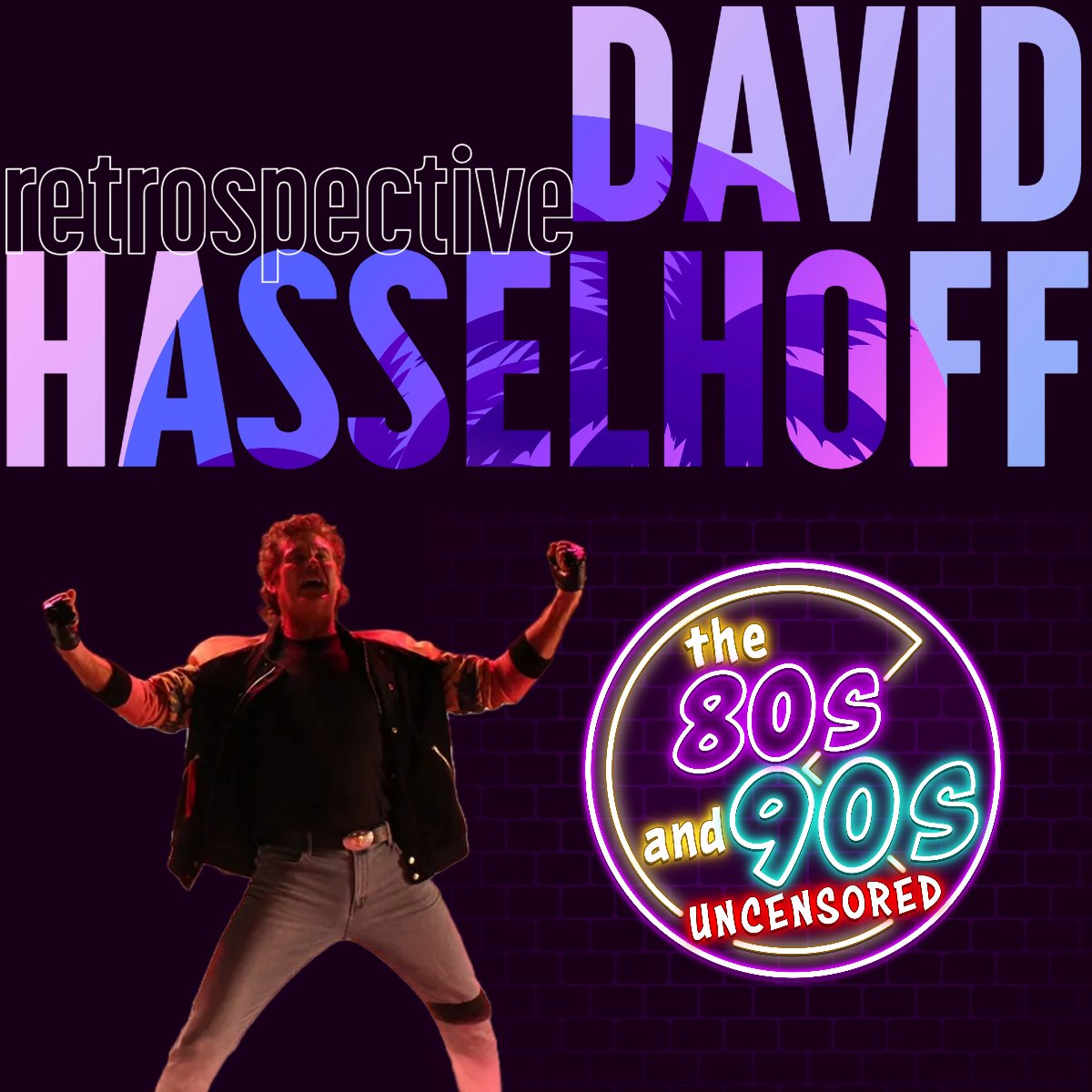



We’re joined by Naomi from the Dope Nostalgia Podcast to debate which song is the greatest one-hit wonder of the 90s. We pitch our song and debate its merits. Do you agree!